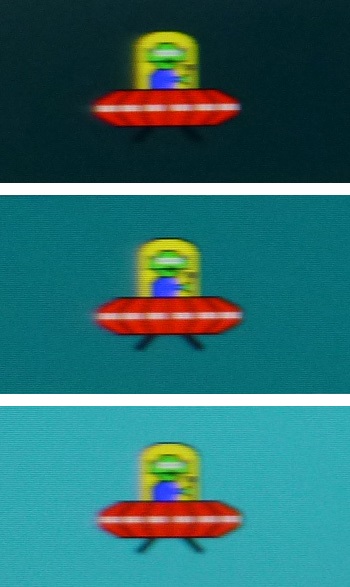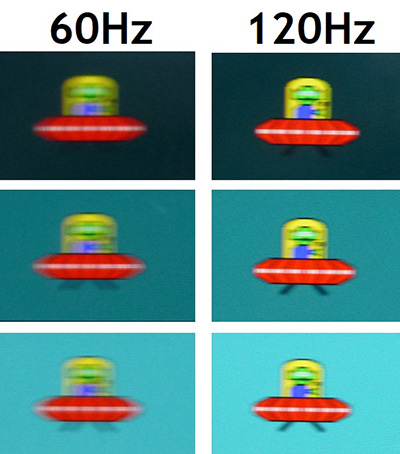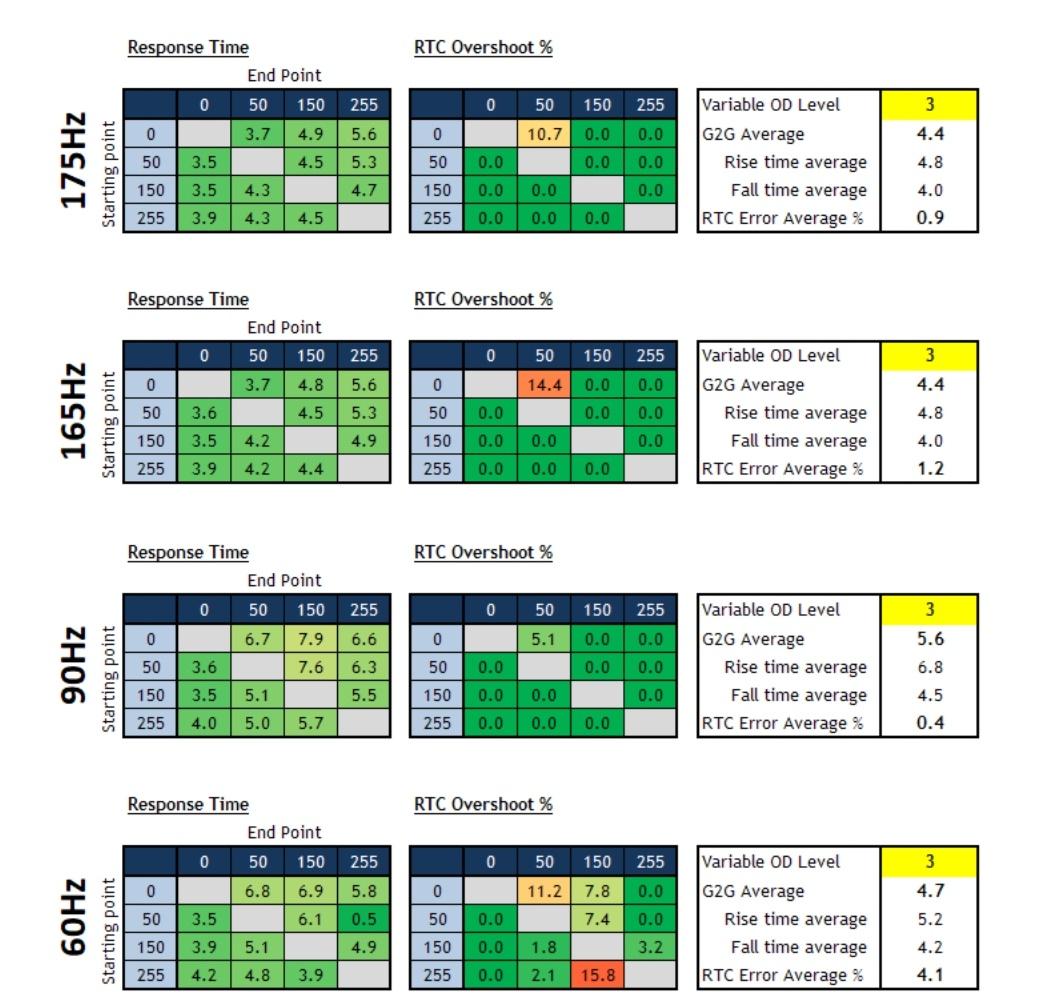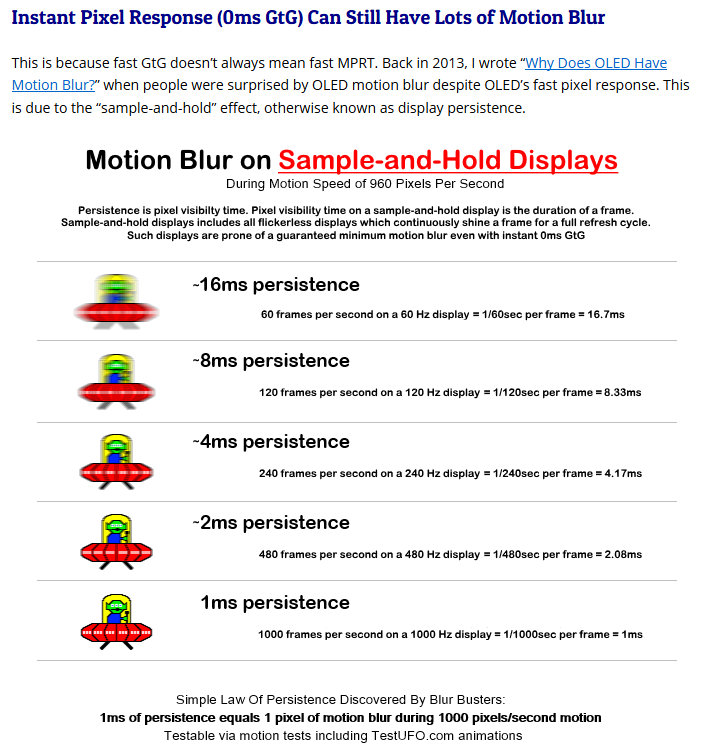Idk if that C7 had the same kind of "clean" game mode without any processing that the modern gaming oriented LG OLEDs have in game mode set up properly. The older oleds had motion smoothing on by default I think which caused a smearing look that a lot of people online complained about back then.
I had like 860 hrs in V2 in 2018 alone. Loved that game. That it supported SLI that late into the life of my sli rig was the cherry on top.
THe C7 is 60hz max... that's why motion looked terrible.Idk if that C7 had the same kind of "clean" game mode without any processing that the modern gaming oriented LG OLEDs have in game mode set up properly. The older oleds had motion smoothing on by default I think which caused a smearing look that a lot of people online complained about back then.
I had like 860 hrs in V2 in 2018 alone. Loved that game. That it supported SLI that late into the life of my sli rig was the cherry on top.
![[H]ard|Forum](/styles/hardforum/xenforo/logo_dark.png)











